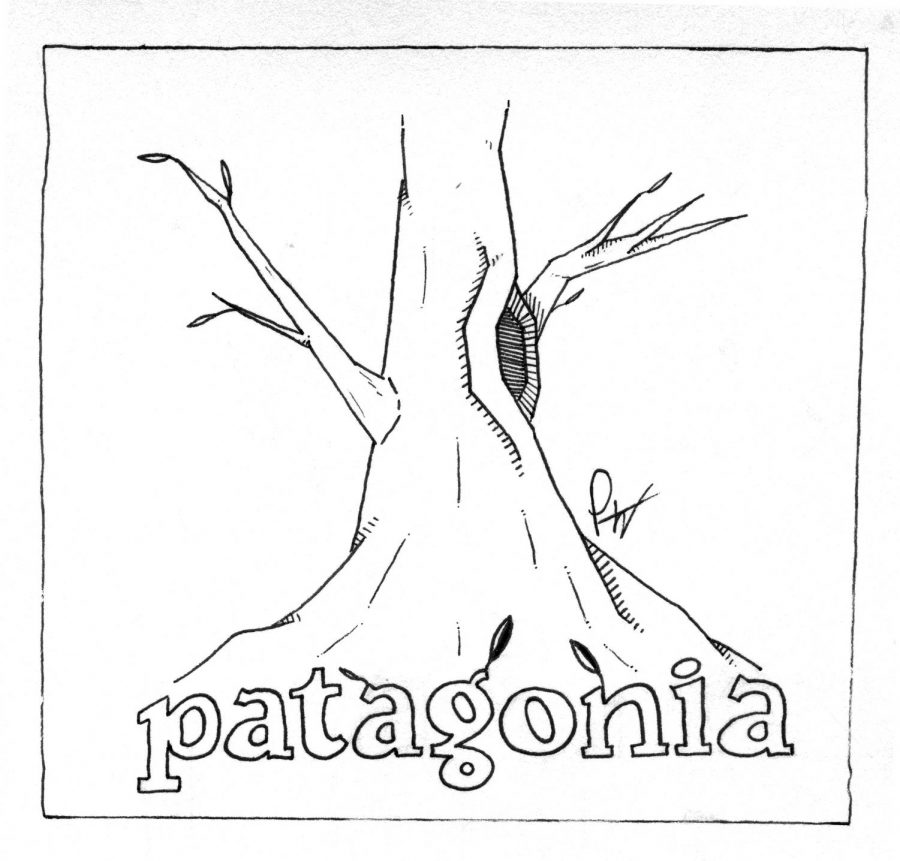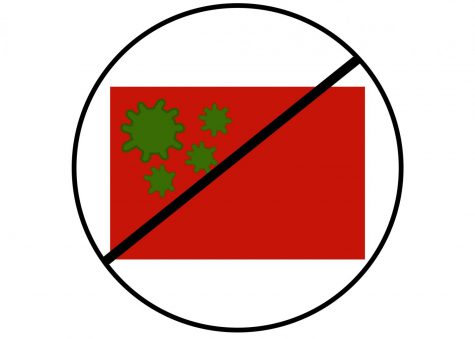Popular clothing company helps save the environment
It’s Autumn now. With cold breezes replacing the hot summer air, it’s time to exchange our summer clothes with warmer outfits. Coat companies like REI, North Face and Eddie Bauer fill our mailboxes with advertisements, each trying to entice us with new styles, colors and warmer clothes.
The problem with ordering and buying new clothing, however, is that the fashion industry is one of the major polluting industries in the world. As stated by EKOenergy, the average consumer owned 60% more clothes and kept these items for half as long as they did in 2000. 10 million tons of clothes ended up in landfills.
“Clothing products are often not renewable and are derived from fossil fuels. The production of this clothing can cause chemicals to enter the waterways close to where the items are produced,” said Sea-Disc senior Juliana Romano-Silvertein.
However, one well-known and successful company that has taken steps to reduce its impact on the environment.
According to Business Insider, “When looking for reliable, quality outdoor gear, Patagonia is one of the most trusted and popular names in the business.”
While they have a reputation for high quality merchandise, Patagonia has also taken serious action to reduce their environmental footprint. They recognize that the production of clothing contributes to differing forms of environmental pollution, including water, air, and soil pollution.
The Patagonia website states that one of their main goals is “…auditing the materials and methods we use to make our products, taking responsibility for the entire lifecycle of our products and examining how we use resources at our buildings and facilities.”
One approach to reduce their environmental impact is “Worn Wear,” a Patagonia-run program that repairs old products. Customers send old Patagonia items for repair or for store credit. By prolonging the wearability of Patagonia clothing, less ends up in landfills.
Patagonia also values and embraces Fair-Trade certification, which advocates for improved social and environmental standards. Fair-Trade clothing is produced based on internationally recognized standards which include promotion of environmental sustainability, use of sustainable materials and improved work conditions for laborers. It ensures that developing countries have access to better trade deals. Fair-Trade clothing is identified by label.
“We have more Fair-Trade certified styles than any other brand, support environmental activists and nonprofits, have a Worn Wear Program (that fixes used clothing and sells used clothing) and are constantly innovating to make our products with the most sustainable components,” said Patagonia Communications employee, Leah Thomas.
“People are benefiting the company through purchasing their goods,” Romano- Silverstein said. By purchasing Patagonia products, consumers are supporting an eco-friendly company and supporting the environment.
“When you buy clothing at a store that receives their clothing from fast fashion companies, you are benefitting both the store that sells the clothing and promoting the production of cheap clothing made from cheap labor, where workers are often exposed to terrible working conditions,” Romano-Silverstein said.
Patagonia not only uses clean, environmentally-sourced materials but also uses solar panels in their factories in place of burning fossil fuels for energy, which reduces the air pollution that comes with large factories.
Patagonia also encourages employees to carpool by providing better parking for those who do. Additionally, by providing parking spaces for bicycles at their offices, Patagonia promotes biking to work, which adds to the company’s environmental mission.
Not only is the Patagonia brand available worldwide, but it’s popular within our school. According to a survey on the official Drake High School Instagram page run by the Associated Student Body (ASB), 63 percent of the 281 responders own a Patagonia brand product. The majority of those students (71 percent) reported that they own no more than 3 Patagonia items.
Patagonia is durable and maintains its form for a long period of time, making it unnecessary to repeatedly buy their items. This minimizes production and emissions generated from transporting items to retail stores, which benefits the environment.
“We have an environmental grants program and have donated more than $89 million in cash to thousands of community-based groups working to create positive change for the planet and their own backyards,” said Thomas.
Patagonia’s work raises awareness by providing good quality and long lasting products while also benefiting the environment.
“The production of any product will have an environmental impact, even if done sustainably, but we do our best to minimize impact and contribute to environmental activism and initiatives to save our home planet,” said Thomas.









